Need to know what chickens to raise for colored eggs? We have what you need to know!
When you cross chickens with colored eggs, you get something fan-freakin-tastic that has both beauty and functionality. Breakfast just got a little more interesting, and now every day feels like spring no matter what time of year it is.
If you are growing bored of white eggs and want to add additional beauty to your day try choosing chickens to raise for colored eggs! Read more to learn about 5 excellent breed choices!
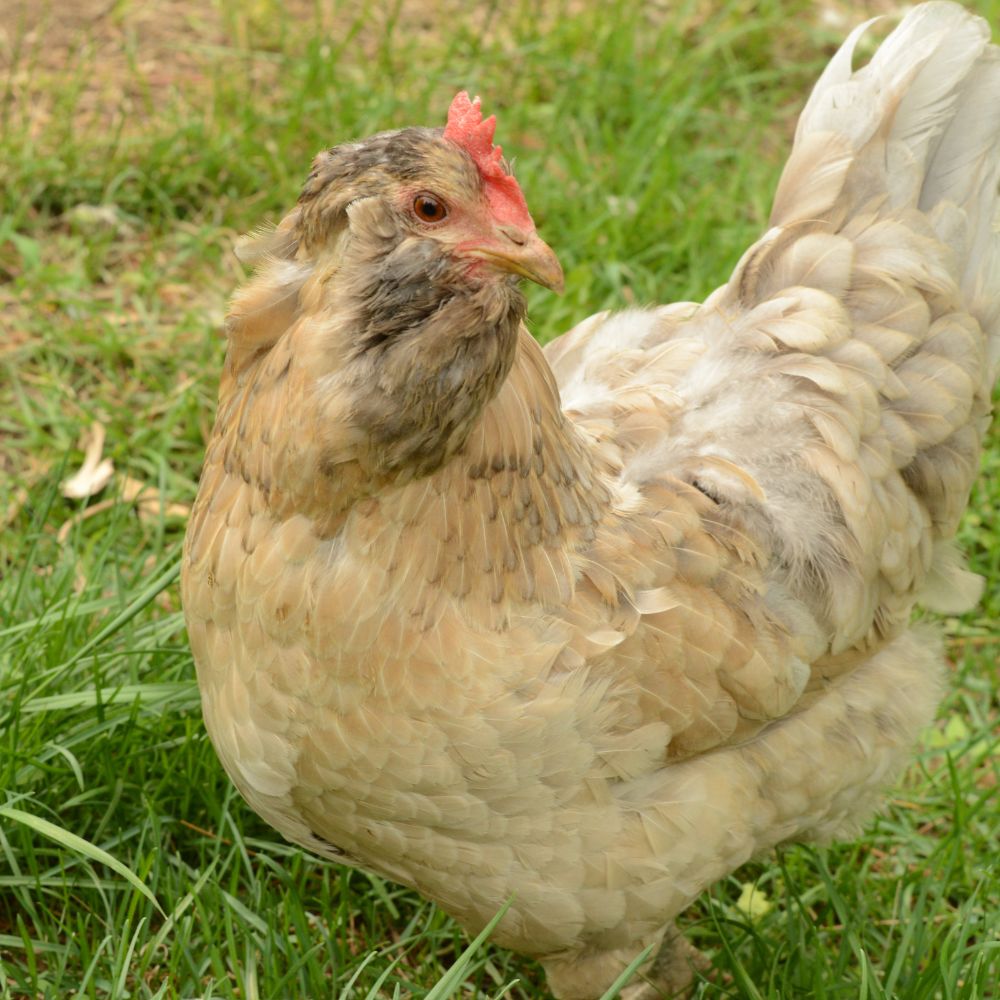
Table of Contents (Quickly Jump To Information)
5 Colored Egg Chicken Breeds
1. Easter Eggers
Easter eggers lay colored eggs from green to blue, any shade in between, and occasionally pink eggs. They’re not a breed, but a cross between any chicken breeds that have the blue egg-laying gene.
Some owners suggest their hens lay purple eggs, but in most cases, this is likely the bloom tinging the brown egg a different color. Our females sometimes lay “purple” eggs, but if you wash off the bloom, they’re really just regular brown eggs!
If you like surprises, Easter Eggers are a great choice for multi-colored chicken eggs.
Some Easter Eggers have ear tufts and beards, while some don’t. Some have tails, and others don’t (Araucanas – which are blue egg layers – are rumpless, so they don’t grow tails). Really, anything goes!
Here is an article to learn more about these fun birds: Easter Egger Chickens: Egg Color, Personalities, And More!
If you want to read more about other chickens that lay blue eggs, look here.
2. Marans
Marans lay brown eggs and can lay anything from a light brown egg to the coveted chocolate-brown eggs. Brown egg layers are worth a second look, their eggs are almost as fun as finding blue eggs!
The reality is that only the first few eggs laid in the season will (or CAN be) a darker brown color. With each egg they lay, the color will lighten up a bit. At the end of their laying season, they can be a lot lighter. And then the cycle will start all over again.
There are a lot of Maran varieties to choose from, from cuckoo marans to black copper marans. I have a cuckoo maran and blue copper Marans and hope to add some black copper maran hens this year. My cuckoo maran is a sweet, tame bird who enjoys human interaction.
Read this article for more in-depth details on Maran chickens: Black Copper Marans – Do They Really Lay Chocolate Eggs?
3. Olive Eggers
Olive eggers are a cross between a blue egg-laying breed and a dark egg-laying breed (like Marans). Similar to Easter Eggers, olive eggers aren’t a true breed, but a hybrid. As their name implies, their eggs are a gorgeous olive green.
I’m not going to lie to you, they’re not my favorite chickens out of the flock, even if they lay green eggs. They’re more skittish than my other breeds, and some of them have a tendency to hide their eggs if given the chance to roam.
Learn a little more about Olive Egger here: Why are chicken eggs different colors?
4. Ameraucanas
This is a breed that lays blue eggs. Not to be confused with Araucanas (which originated in Chile), Ameraucanas can lay different shades of blue eggs, making them a nice mix with Easter Eggers and Olive Eggers in your morning egg basket.
There is no questioning the capabilities of the Ameraucana for egg production. They are one of the most productive egg-laying breeds known to give at least 250 to 300 eggs a year, weighing approximately 53 – 60 grams.
Read up on this unique backyard chicken here: Ameraucana Chickens: Know Before You Buy!
5. Welsummer
Similar to Marans, Welsummers are known for their dark brown eggs. They lay shades of brown, from terracotta to chocolate. Sometimes the eggs also have pretty speckles, making them an interesting addition!
Wondering why the Welsummer has dark brown eggs with occasional speckles? One weird word: Protoporphyrin (not to be confused with any other word you regularly use). If you are feeling like quitting your job and becoming a chicken scientist, then start here. It seems as if this topic is still being studied quite a bit.
You might be surprised by some of the interesting tidbits in this article: Welsummer Chickens – Iconic Chickens With a Royal Twist
Below: Welsummers, Easter Eggers, and Black Copper Marans.
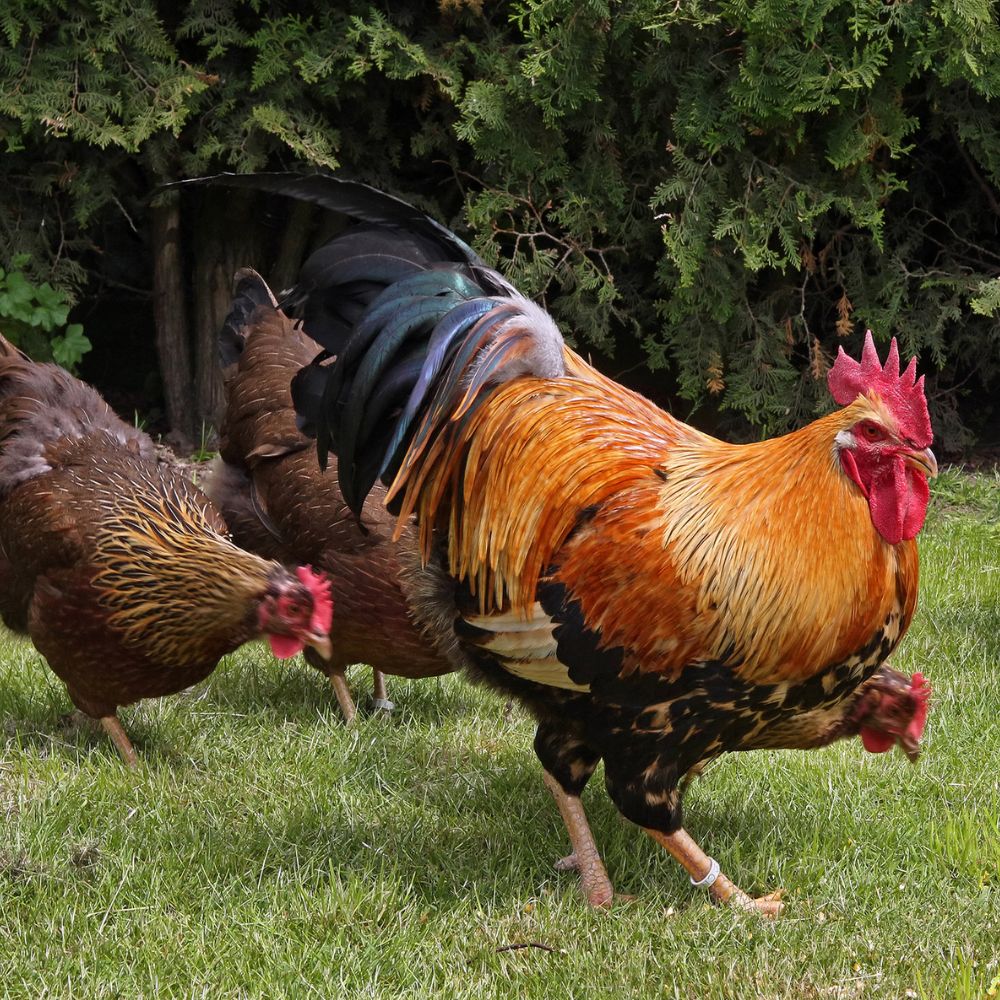
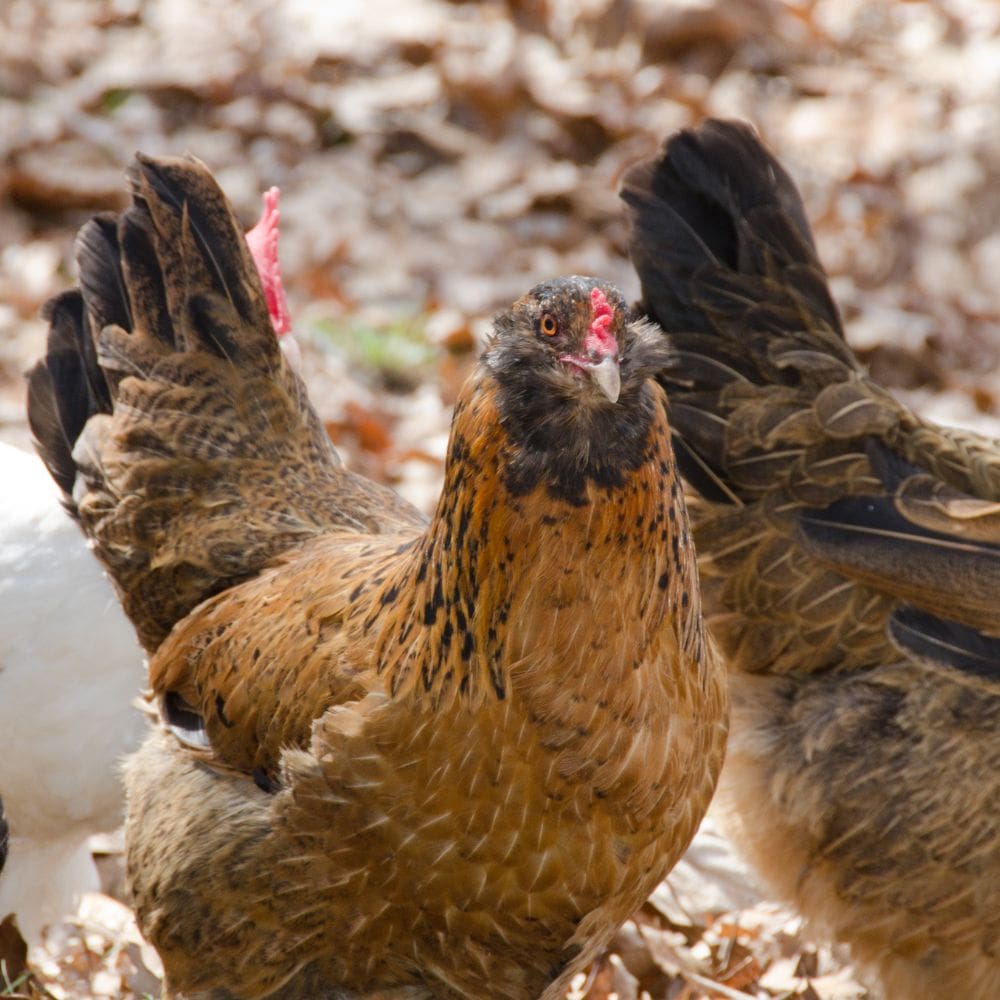
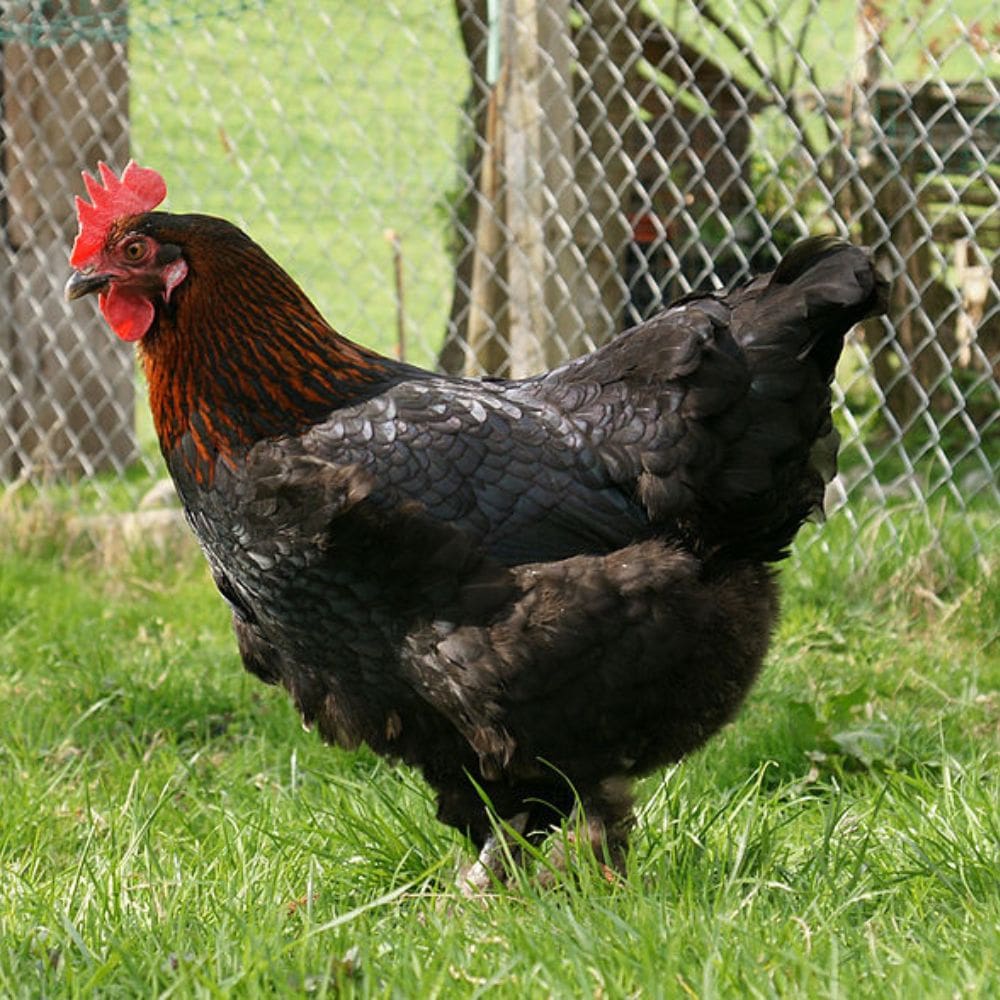
Bonus: Cream Legbars
To add even more pastel colors to your day, consider Cream Legbars. They have the Araucana genes, so they lay different colored eggs with shell color such as blue, green, or olive eggs.
This fascinating breed of chicken is a relative newcomer to the backyard flock scene, but because of their good looks, excellent egg-laying ability, docile personality, and potentially sky-colored eggs, they’ve become extremely popular.
Here is an article with more info about this dreamy breed: Cream Legbars – A Dream Come True
What About Nutrition?
Eggshell color makes your basket pretty and fun but you also want the eggs to be nutritious, right? You need to be sure your flock is getting all the protein, vitamins, and minerals they need. In order to do this you need to choose products that have quality ingredients. We are what we eat, and our chickens fall under the same line of thought.
Here is a list of products that are packed full of non-GMO quality ingredients you can’t find just anywhere. There aren’t fillers and by-products in these blends either.
- 16% Premium Layer Feed With Black Soldier Fly Larvae, Fishmeal, & Herbs
- PowerHen High Protein Treat With Mealworms, Black Soldier Fly Larvae, & Herbs
- Vital Nutrients: Supplemental Essential Vitamins & Trace Minerals
- Chicken Candy Treat For Chickens: BloomGrubs, Mealworms, Crickets, Corn, Peas
- Best Eggs Ever! Nesting Herbs (Chamomile, Roses, Lavender, Cornflowers, & Calendula)
Summary
If you are reading this then you are likely one of the many backyard chicken keepers who are looking for some color. As you can see, there are several breeds and varieties to choose from. Have fun, get creative, and be willing to try some breeds you’ve never tried before.
When you start collecting a basketfull of multiple colored eggs, you’ll be glad you did. Your heart will smile and the sun will shine!
Keep reading to learn about some other breeds of interest and useful egg articles!
Other Breeds of Interest
Okay, so you want colored eggs…but you also want high production. You might need a mix of breeds to satisfy all your desires and needs. Here are some articles about some other breeds of interest that might suit your fancy.
- White Leghorn Chickens – Italian Spice and Everything Nice
- Buff Orpington Chickens: Buyer’s Guide
- Brahma Chickens: What To Know Before You Buy!
- Columbian Wyandotte – The Best Unknown Backyard Chicken
- Plymouth Rock Chickens: Buyer’s Guide Fast Facts About
- Rhode Island Red Chickens and the 10 Best Hatcheries to Buy Them From
- Dominique Chickens – Vintage Breed That Fared Well Through The Great Depression
- Polish Chickens: Eggs, Colors, & More
Additional Egg Articles
- What to Feed your Chickens for Better Tasting Eggs
- Black Copper Marans – Do They Really Lay Chocolate Eggs?
- When Will Chicks Start Laying Eggs?
- How To Clean Fresh Eggs (And When Not To)
49a231cc5800448cdd1cea79b2a9ff6bacc0468e6972f4adaa
Maat van Uitert is a backyard chicken and sustainable living expert. She is also the author of Chickens: Naturally Raising A Sustainable Flock, which was a best seller in it’s Amazon category. Maat has been featured on NBC, CBS, AOL Finance, Community Chickens, the Huffington Post, Chickens magazine, Backyard Poultry, and Countryside Magazine. She lives on her farm in Southeast Missouri with her husband, two children, and about a million chickens and ducks. You can follow Maat on Facebook here and Instagram here.

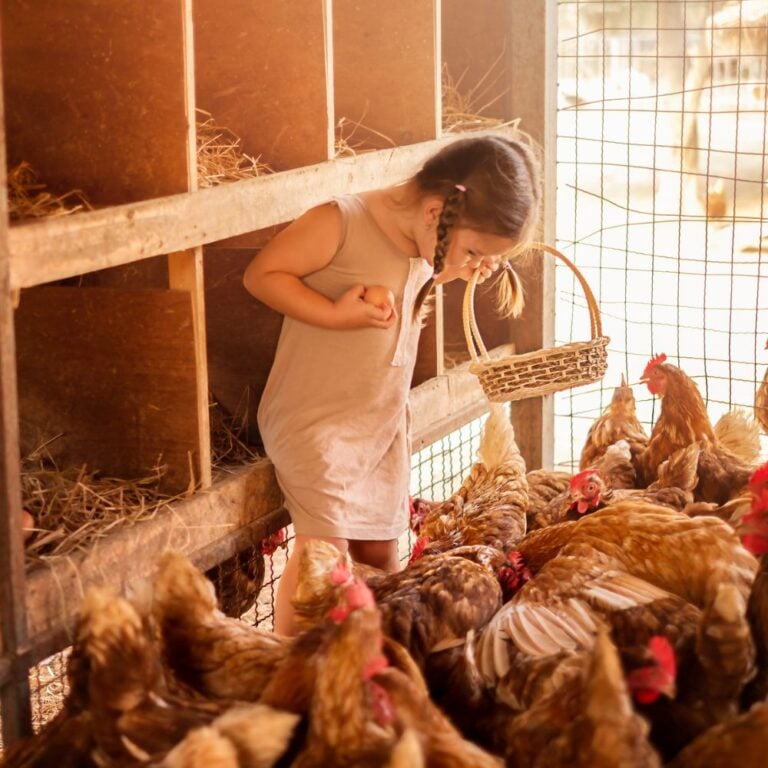




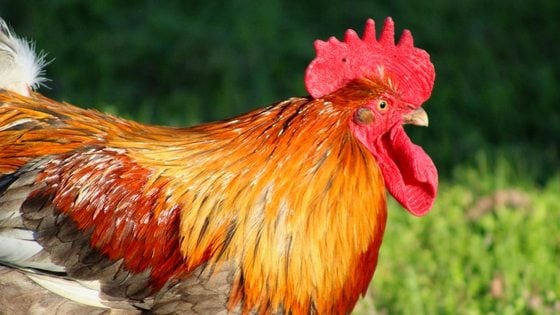
What is the rate at which each one lays?
Hi, thanks for stopping by! Sorry I didn’t include that info. Here it is:
Easter eggers 200-280/year,
Marans are 200+ a year,
Olive eggers 200 – 280/year,
Ameraucanas about 250,
Welsummer 180 – 200+ per year,
Cream Legbars about 180 per year
Do they taste different from one another?
Nope, they all taste the same. Some French chefs will only use Maran eggs, however, claiming they’re the best in the world. It’s one reason I bought some Marans – I had to try their eggs!
My Easter Eggers just started laying eggs, but they are light brown. Did I get gyped by the chicken company that I bought my vhicks from?
Not necessarily. Some EEs can lay brown eggs, and it’s just a matter of genetics. I have one that lays light brown eggs, too. Almost a pink. I wanted blue eggs from her, but it wasn’t in the cards.
Thank you for all your assistance. I hope to move to the Community with my chickens that I will someday buy.
I’m so jealous we can’t have chickens where I live,but I want to sneak some in a green house.
Our covenants prevent us from having them. I’m converting one of our old wooden play sets into a coop! Shhh lol
chickens …. what chickens?
Where can I get these breeds?
Most hatcheries have them. You can also find some of them at your local farm or feed store starting in April (in the US)